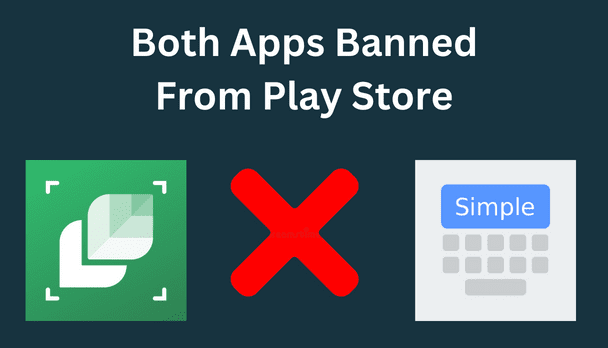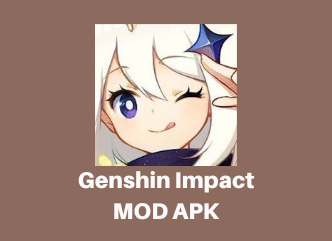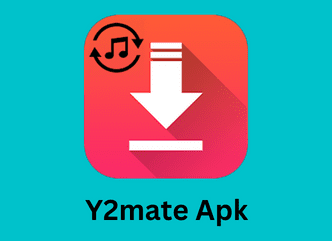LeafSnap and Simple Keyboard Took removed from Google Playstore
28 September, 2023
Description
The Google Play Store is where almost all Android customers download their apps, and while it’s a simple and easy process for users, developers aren’t. Google is notorious for being careless, removing apps from the market for inexplicable and sometimes automated reasons. Today, they banned two additional apps from the App Store for the wrong purposes.
Why Remove the Simple Keyboard From the Play Store
Open-source App Simple Keyboard is the latest popular app to fall victim to Google’s nefarious behavior. Without any explanation, this app developer removed the account from the Play Store on January 28, 2022.
The developer claims that there were no emails before its cancellation and that it cannot identify the alleged bug. However, three years ago, the app had some updates due to the app icon looking a lot like the Google keyboard (it has since been changed).
Simple Keyboard is a free, open-source keyboard app for Android based on the AOSP Latin keyboard used in Gboard, but without the bells and whistles; some people like emoticons, GIFs, spell check, and scrolling. No registration is required.
Many other Apps are on the market based on the same source code. The developer speculates that may be why—they removed their app (for example, it’s flagged as a duplicate of another app, but that’s just a guess. The only contact Google will accept is emailing them to terminate an account. No, without explaining why and why:
In our view, it is unacceptable for Google to close accounts without warning of violations or even an opportunity to appeal. For example, we looked for more information if an email disappeared into spam or a statement that did not belong to the same folder.
Does it mistake Google?
However, if it mistakes Google for lack of connection, this situation can become even more complicated, preventing the developer from determining what went wrong (if the developer did something wrong). Also, what can we do to reduce or eliminate it?
When the app was launched, it had already been available on the Play Store for eight years, making it one of the most popular developers on the Google Play Store, with over 1.2 million installs and 104,000 daily active users. Fortunately, it is an open-source app released on F-Droid, but its reach is much smaller than the Google Play stores.

Why remove LeafSnap From the Play Store
LeafSnap, a plant identification and watering schedule app, was removed from the LeafSnap Play Store and the App Store on September 3, 2021. Another party falsely claimed LeafSnap infringed their copyright through a DMCA takedown notice, but it soon became public domain. He directed the other side at a faulty app with apparent confusion. He worked with LeafSnap to create and fix the bug.
The developers of LeafSnap told us that Apple responded quickly and restored the app, but it took five months before. They fixed the app, even though they received the same information from their Play Store team simultaneously as Apple. On the other hand, LeafSnap’s DMCA counter-notification didn’t help speed up the process either, as Google said the app needed to be reviewed by their legal team, which it said was a short amount of time. More ▼.
Google should take credit for its relationship with LeafSnap and the Play Store support team, which constantly contacts the app’s developer. LeafSnap has been assuring us for the past few weeks that they don’t have orders, but here’s the real deal: Google takes seven days to review new apps, which is one of them. So, after waiting for LeafSnap for so many months, he couldn’t republish his app on the Play Store, and what we call the Google Play Store Developer Support Experience was not his fault.
AdMob account
The creators of the app claim that it has more than 3 million downloads with a rating of 4.9 stars and is among the top 50 educational apps in the US. (The Internet Archive’s latest backup numbers are slightly lower, but they’re over a million and have a 4.8 rating.) In addition to losing revenue during that time, we’ve also heard their AdMob account suspend. A noticeable loss was due to Google’s inability to restore the app in time.
These are not the only and most frequent removals in the last two months. There are likely many developers affected by Google’s actions who don’t have the same vocal support for their issues.
To give you highlights from the past few years:
Google decided that “Liber” means free beer and is part of a cleanup of open-source apps affecting the F-Droid Play Store account and other apps.
Google removed the video player from the Play Store because it mentions the .ass subtitle format.
Hiroshi Lockheimer apologized for removing Podcast Addicts from the Play Store, and the app has now been restored.
Google is restoring the Unified Chat app to the Play Store after it was removed by mistake.
AutoVoice was removed from the Play Store due to inappropriate user abuse.
Remove India’s most popular financial services app from the Play Store within hours. Game shop opening hours for gambling violations
It is a given that Google makes billions of dollars from in-app purchases made on the Play Store and 15-30% of total apps and developer support through in-app purchases. Independent developers take over a disaster and should because the mechanism of Google’s system is unfair. When removing their apps from the Play Store, small teams work entirely independently.
Although Google recently launched a support service to resolve issues, support from real Googlers is sometimes unavailable. It’s a shame that Google doesn’t care about the needs of developers, as guides are hard to find. If the Open App Markets Act passes, Google will force alternative stores to have the same integration as the Android Play Store. It will allow other stores to compete and possibly supply.









